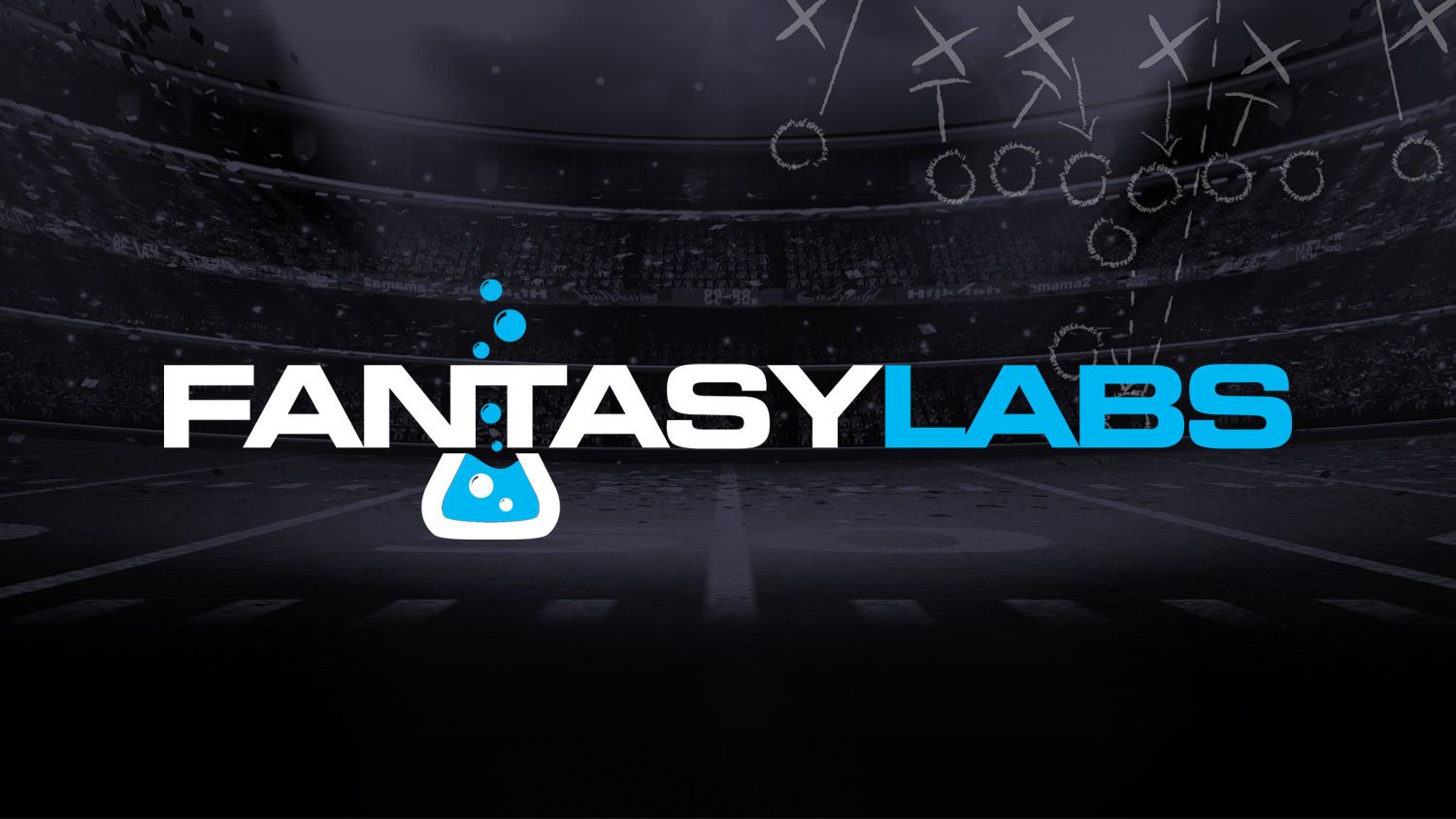The PGA TOUR heads out west to California for The American Express.
The tournament is usually a Pro-Am played at three different courses: PGA West Stadium Course, PGA West Nicklaus Course, and La Quinta Country Club. Last year, with the Pro-Am being dropped, the round at La Quinta Country Club was also. This year the event will be played at all three courses once again.
Therefore, each golfer will play two rounds at PGA West Stadium Course, one round at PGA West Nicklaus Course, and one round at La Quinta Country Club. The Stadium Course is a 7,113-yard par 72 that was designed by Pete Dye in 1986. The Nicklaus Course is a Par 72 measuring 7,159 yards. La Quinta Country Club is a par 72, measuring 7,060 yards. All of the courses are short for Par 72 and typically play easy, resulting in some low winning scores.
The American Express field is a full-field event comprised of 156 golfers. Some notable entrants to the event include Jon Rahm, Patrick Cantlay, Phil Mickelson, Matthew Wolff, Scottie Scheffler, Sungjae Im, Abraham Ancer, and Tony Finau.
For GPP contests on DraftKings, I will be breaking down the key stats (past 24 rounds) and selecting golfers from different price tiers to provide flexibility for a DFS lineup.
For large-field tournaments, you can utilize our Lineup Optimizer to effortlessly create up to 150 lineups, or use our Lineup Builder if you like to hand-build your lineups.
Don’t forget about the other tools that FantasyLabs has to offer, such as the Trends tool and PGA Correlation Dashboard.
This analysis may reference Strokes Gained, a set of proprietary metrics generated by the PGA TOUR using millions of data points to calculate how many shots on average it takes a player to get the ball in the hole from every distance and situation. Strokes Gained is now available in the FantasyLabs PGA Models.
Strokes Gained: Approach
The American Express is another tournament where distance off of the tee is not going to be a major factor. With none of the three courses being long this week, strong iron players tend to do very well at PGA West.
- High-end target: Jon Rahm – $11,300 (5th SG:APP)
- Mid-range target: Christian Bezuidenhout – $8,700 (18th SG: APP)
- Value target: Hudson Swafford – $6,700 (12th SG: APP)
Opportunities Gained
All three courses this week are among the easiest on TOUR. In order to win, golfers are going to have to go very low. Creating as many chances as possible to make birdies from 15 feet and in this week will be crucial.
- High-end target: Jon Rahm – $11,300 (4th Opportunities Gained)
- Mid-range target: Carlos Ortiz – $8,200 (6th Opportunities Gained)
- Value target: Jason Dufner – $6,600 (1st Opportunities Gained)
Proximity 150-175
Approach shots from 150-175 are the most common yardages year after year at The American Express.
- High-end target: Patrick Cantlay – $10,900 (4th Proximity 150-175)
- Mid-range target: Christian Bezuidenhout – $8,700 (1st Proximity 150-175)
- Value target: Adam Svensson – $7,000 (2nd Proximity 150-175)
Strokes Gained: Ball Striking
With small greens, there are very few three-putts in this event. Golfers will need to ball strike their way to low scores with smaller greens than the TOUR average.
- High-end target: Jon Rahm – $11,300 (1st SG: Ball Striking)
- Mid-range target: Luke List – $8,000 (8th SG: Ball Striking)
- Value target: Jason Dufner – $6,600 (6th SG: Ball Striking)
SG: Pete Dye
With two of four rounds on the Pete Dye-designed PGA West, it will be important to target players who excel on Pete Dye tracks. Golfers with good history at these styles, of course, tend to pop up on leaderboards of Dye designs on a regular basis.
- High-end target: Patrick Cantlay – $10,900 (1st SG: Pete Dye Designs)
- Mid-range target: Abraham Ancer – $9,200 (2nd SG: Pete Dye Designs)
- Value target: Jason Day – $7,300 (8th SG: Pete Dye Designs)



